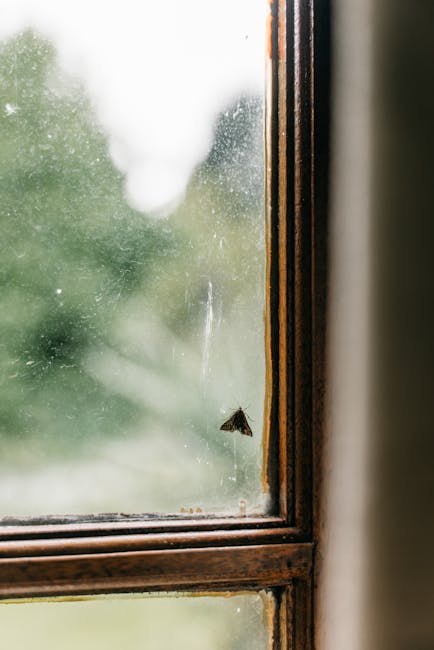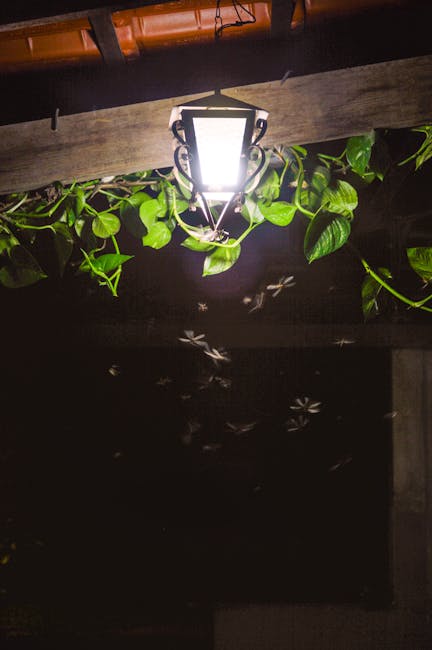Unveiling the Rustic Sphinx Moth: A Comprehensive Guide to Identification, Habitat, and Lifecycle
The Rustic Sphinx Moth (Manduca rustica), a captivating member of the Sphingidae family, often goes unnoticed despite its striking appearance and intriguing life cycle. This comprehensive guide delves into the fascinating world of this often-overlooked creature, exploring its unique characteristics, preferred habitats, lifecycle stages, and its ecological role. We’ll equip you with the knowledge to identify this moth with confidence and appreciate its place within the intricate web of nature.

Identifying the Rustic Sphinx Moth: A Detailed Look
Distinguishing the Rustic Sphinx Moth from its numerous relatives requires a keen eye for detail. Its size, coloration, and wing patterns provide key identification features. Adult Rustic Sphinx Moths boast a robust body, typically ranging from 3 to 4 inches in length. Their wingspan measures approximately 4 to 5 inches, making them considerably large compared to many other moths.
The forewings display a captivating blend of muted browns, grays, and olives, providing exceptional camouflage within their natural environments. These colors often blend seamlessly with tree bark and foliage. A hallmark characteristic is the presence of dark, wavy lines running across the forewings, creating a somewhat mottled appearance. These lines vary in intensity and definition between individuals. The hindwings exhibit a more uniform coloration, usually a light tan or beige, occasionally tinged with hints of pink or brown.
Unlike some of its more brightly colored relatives, the Rustic Sphinx Moth’s coloration prioritizes concealment. This cryptic coloration is a crucial survival mechanism, helping them evade predators and remain hidden during the day.
Key Distinguishing Features:
- Size: Large moth, 3-4 inches body length, 4-5 inch wingspan.
- Forewing Coloration: Mottled browns, grays, and olives with dark wavy lines.
- Hindwing Coloration: Lighter tan or beige, sometimes with pink or brown tinges.
- Body Shape: Robust and thick, characteristic of sphinx moths.
- Flight Pattern: Strong and swift flight, often hovering near flowers.
Habitat and Geographic Distribution
The Rustic Sphinx Moth displays a wide geographic distribution, encompassing a significant portion of the Americas. They are found throughout much of the United States, extending south through Central America and into parts of South America. Their habitat preference is diverse, ranging from desert scrublands to various woodlands and grasslands. They are often found in areas with an abundance of their larval host plants.
Their adaptability to diverse environments highlights their resilience and underscores their capacity to thrive in various ecological niches. However, they exhibit a preference for regions offering access to both nectar sources for adults and suitable host plants for their larvae.
Lifecycle and Development
The Rustic Sphinx Moth’s lifecycle, like other members of its family, involves a complete metamorphosis with four distinct stages: egg, larva (caterpillar), pupa, and adult. The female moth deposits her eggs, typically on the leaves of host plants, which are crucial for the larva’s survival and development.
Larval Stage:
The larval stage is characterized by a voracious appetite. The caterpillars are primarily herbivores, consuming large quantities of foliage to fuel their growth. They are typically green or brown, often exhibiting some form of camouflage to blend with their surroundings. As they mature, they undergo several molts, shedding their exoskeleton to accommodate their increasing size.
Pupal Stage:
Once the caterpillar reaches its full size, it prepares for pupation. It forms a pupa, a hardened protective casing, typically underground or in leaf litter. This pupal stage represents a period of significant transformation, where the larval tissues are reorganized into the adult form. The duration of the pupal stage varies based on environmental factors such as temperature and humidity.

Adult Stage:
After a period of pupation, the adult moth emerges. The adult stage is primarily focused on reproduction. Adult Rustic Sphinx Moths are crepuscular or nocturnal, meaning they are most active during twilight or at night. They utilize their strong flight capabilities to locate nectar sources and potential mates. They are important pollinators, contributing to the reproductive success of various plant species.

Ecological Role and Importance
The Rustic Sphinx Moth plays a significant role in its ecosystem. As a pollinator, it facilitates the reproductive cycle of various plant species. Its larvae, while herbivores, contribute to nutrient cycling within the ecosystem. The moth also serves as a food source for various predators, including birds, bats, and other insectivores, thus contributing to the complex food web.
Conservation Status and Threats
While the Rustic Sphinx Moth is not currently considered endangered or threatened, habitat loss and degradation pose a significant risk to its populations. The encroachment of human development into natural habitats, coupled with the widespread use of pesticides, can negatively impact their survival and reproductive success. Conservation efforts focused on habitat preservation and responsible pesticide use are crucial to ensuring the long-term health of Rustic Sphinx Moth populations.
Further Research and Observation
The study of the Rustic Sphinx Moth continues to provide valuable insights into the ecology and evolutionary biology of insects. Citizen science initiatives, dedicated to moth observation and documentation, can significantly contribute to our understanding of their distribution, habitat preferences, and overall population trends. By contributing to these projects, you can play a vital role in conservation efforts.
Observing these moths in their natural habitat can be a rewarding experience. Remember to always practice responsible observation, minimizing disturbance to their natural environment.
